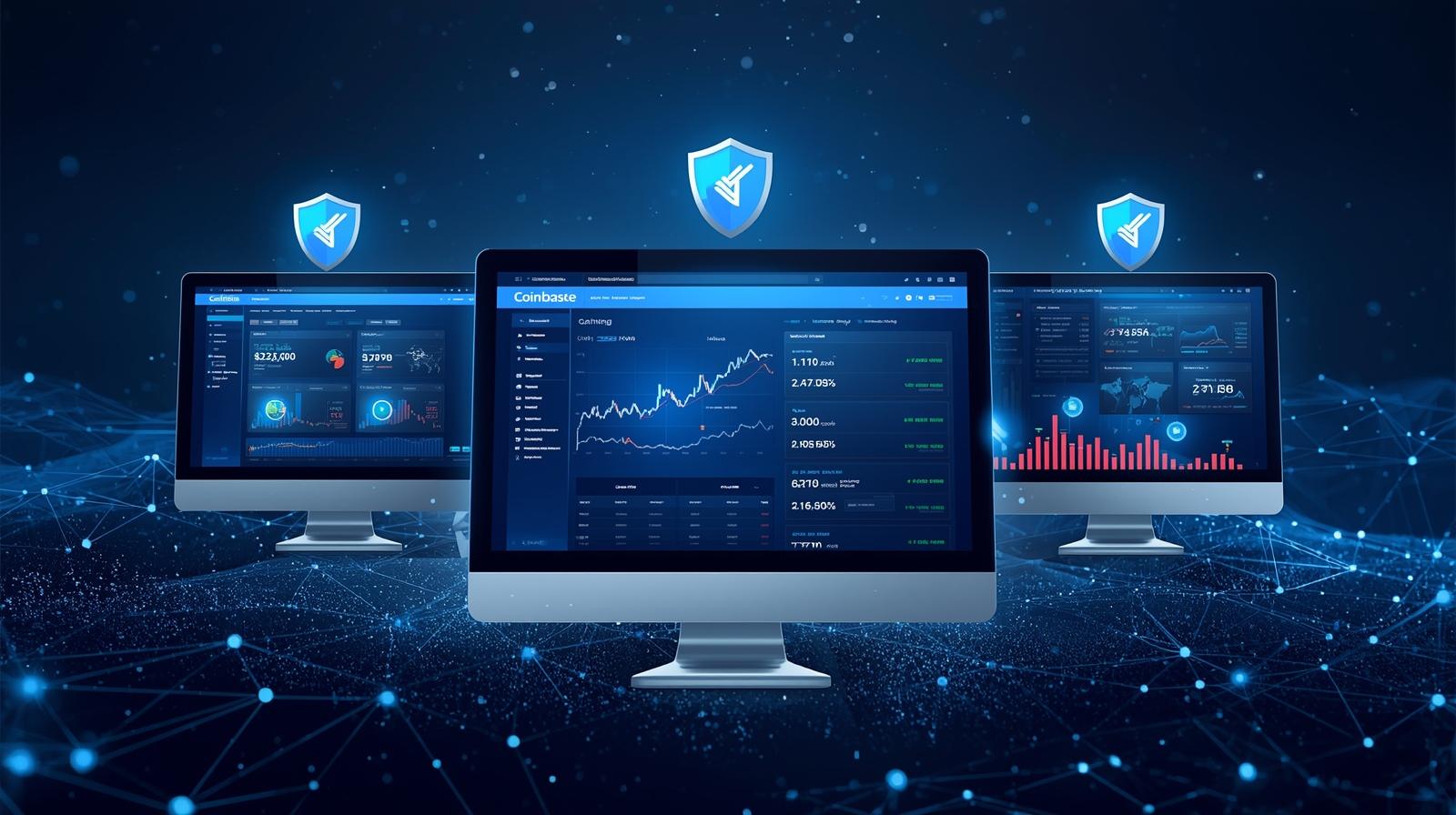Bitcoin has taken the financial world by storm. As of 2025, it’s trading around $95,000 — a staggering figure that might leave new investors wondering whether they’ve missed the opportunity. But many experts argue that cryptocurrency is still in its early days compared to traditional markets like stocks, bonds, or real estate.
Charles St. Louis, CEO of crypto infrastructure firm DELV, summarized it best: “It’s still early. It’s the best time to get involved now. There’s still a lot to do, a lot to build before it really becomes mainstream.”
If you’re new to crypto, the process of buying Bitcoin or Ethereum can feel overwhelming. With so many platforms, payment options, and storage methods, it’s easy to get lost. This guide will walk you through every step — from choosing a payment method to securing your first digital wallet — so you can enter the crypto market confidently.
Step 1: Decide How You’ll Pay
The first step in buying cryptocurrency is funding your purchase. In the U.S., there are several ways to do this, each with its own benefits and drawbacks.
Credit Cards
Using a credit card is the most common method. It’s fast, widely accepted, and transactions are processed immediately. For new investors, it’s convenient and familiar.
However, credit card purchases come with drawbacks:
- Many platforms charge higher fees for card payments.
- Banks may flag crypto purchases as suspicious, leading to blocked transactions.
- Some credit card companies outright refuse to authorize cryptocurrency transactions.
So, while cards are convenient, they can also be costly and unreliable.
Mobile Payment Apps (Apple Pay, Google Pay, PayPal)
Mobile payment apps are gaining popularity for crypto purchases. They allow quick, secure transactions with biometric verification such as fingerprint or face ID. The process feels seamless — just a few taps and you own crypto.
But there are limitations:
- Many mobile payment apps are linked to credit or debit cards, which means you may face the same fees and restrictions.
- Not all crypto platforms accept payment apps.
These options are great for tech-savvy users who want speed and convenience but may not work everywhere.
Bank Transfers (Open Banking)

Bank transfers connect directly to your bank account, sending money to a crypto platform securely. The advantages are clear:
- Lower transaction fees.
- Stronger security compared to cards.
The drawback is speed — bank transfers often take longer than card or app payments. Plus, not all platforms support direct bank transfers.
Summary: If you’re starting small and want simplicity, credit cards or mobile apps may work best. If you plan on larger purchases and care about minimizing fees, bank transfers could be smarter.
Step 2: Choose a Crypto Platform
Once you’ve decided how to fund your purchase, the next step is picking the right exchange or platform. This decision matters because it impacts your fees, security, and available investment options.
Here are some of the most trusted platforms in the U.S.:
- Coinbase – Beginner-friendly, strong security, reasonable fees. Limited advanced features like options trading.
- Kraken – Great for beginners and intermediate investors, reliable customer support, and competitive fees.
- Crypto.com – Best for more experienced investors. Offers futures and options trading but limited wallet flexibility and only chat-based customer support.
- Gemini – Known for security and compliance, but fewer cryptocurrencies and limited support.
Many new investors start with Coinbase or CashApp due to their easy interfaces. Over time, they may explore platforms with advanced features.
Tip: Look for platforms regulated in the U.S. and ensure they provide insurance coverage for digital assets in case of security breaches.
Step 3: Secure Your Wallet
After buying your first crypto, you’ll need to decide where to store it. Storing coins on an exchange may be convenient, but it’s not the safest long-term strategy. This is where wallets come in.

Hot Wallets (Online)
Hot wallets are always connected to the internet. They allow fast and easy transactions, making them perfect for active traders. Examples include:
- Coinbase Wallet
- Crypto.com Wallet
- Best Wallet (a standalone app focused on user control)
Pros: Convenient, beginner-friendly, immediate access.
Cons: Vulnerable to hacks, phishing attacks, and malware.
Cold Wallets (Offline)
Cold wallets are offline storage devices like Ledger or Trezor. Since they’re not constantly online, they offer much stronger protection against hacks.
Pros: Maximum security, ideal for long-term holdings.
Cons: Less convenient, requires careful backup of private keys.
Why Both Matter
Most experienced investors use a mix of both. They keep small amounts in hot wallets for trading and the bulk of their holdings in cold wallets for security.
Critical Reminder: Never lose your private key or seed phrase. This is your only way to recover your funds if your wallet is lost or damaged. Losing it is like losing the keys to your home — there’s no backup.
Step 4: Start Small and Learn
For first-time investors, the biggest mistake is diving in too fast. Experts consistently recommend starting with small investments, especially in well-known assets like Bitcoin or Ethereum.
St. Louis advised: “Don’t rush it. If something piques your curiosity, look into it more. Don’t FOMO in because your neighbor or barber is telling you to buy something.
Instead of chasing hype, take time to learn how transactions work, how fees are charged, and how wallets function. Crypto is volatile, so entering slowly helps you understand the risks.
Step 5: Understand the Risks

Investing in crypto comes with unique risks beyond just price swings. New investors should be aware of:
- Volatility – Bitcoin and other coins can fluctuate dramatically within hours.
- Scams and Phishing – Fake websites and apps often impersonate real exchanges. Always double-check URLs and never share your seed phrase.
- Regulatory Changes – U.S. laws on crypto are evolving. Certain exchanges or tokens may face sudden restrictions.
- Custody Risks – Keeping coins on an exchange means trusting a third party. If the platform collapses (as seen with FTX), you could lose funds.
Step 6: Stay Compliant with Taxes
Many beginners don’t realize that crypto is taxable in the U.S. The IRS treats digital assets as property, meaning:
- Every sale or trade is a taxable event.
- Even swapping Bitcoin for Ethereum counts as a trade.
- Capital gains must be reported on your tax return.
Most major platforms issue annual tax forms to help you report transactions. Still, it’s wise to use crypto tax software or consult a professional to stay compliant.
Advanced Tips for Growing Investors
Once you’re comfortable with the basics, you might explore advanced strategies like:
- Staking – Earning rewards by helping secure proof-of-stake blockchains (e.g., Ethereum).
- Dollar-Cost Averaging (DCA) – Investing a fixed amount regularly to smooth out volatility.
- Diversification – Beyond Bitcoin, exploring promising altcoins or tokens tied to specific blockchain projects.
But remember: advanced strategies come with higher risks, so they’re best approached after mastering the basics.
Buying cryptocurrency in the U.S. is easier than ever, but it still requires thoughtful planning. The steps are simple: choose a payment method, select a trusted platform, secure your assets in a wallet, and invest gradually. Along the way, remember to prioritize security, stay informed about regulations, and avoid emotional decisions.
Crypto is more than just a way to make money quickly — it’s a new financial system in the making. By starting early and learning carefully, new investors can position themselves to benefit from the growth of digital assets in the years ahead.
The key is balance: convenience, security, education, and patience. Follow these principles, and your first steps into crypto can become the foundation of a strong and secure investment journey.
